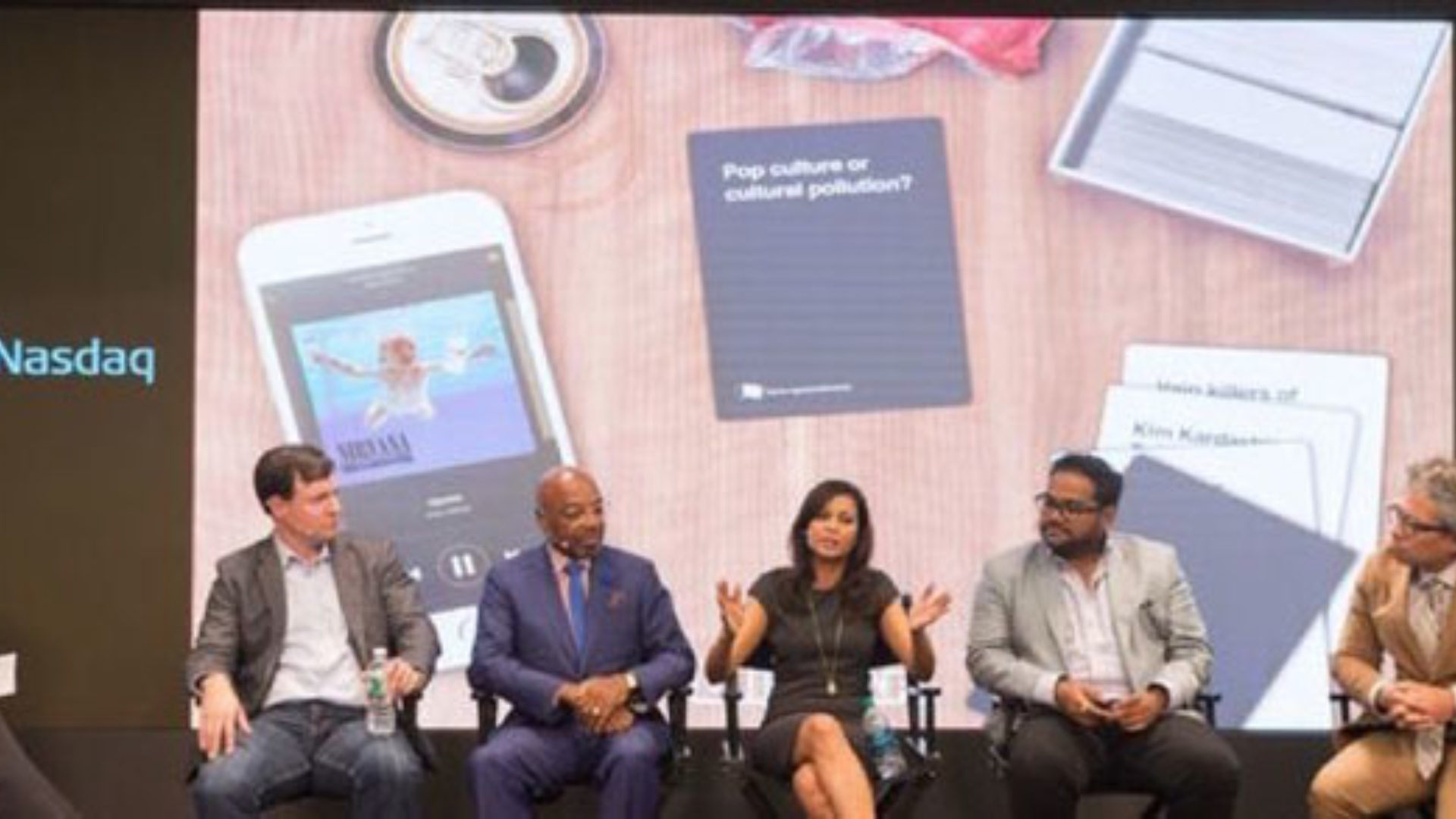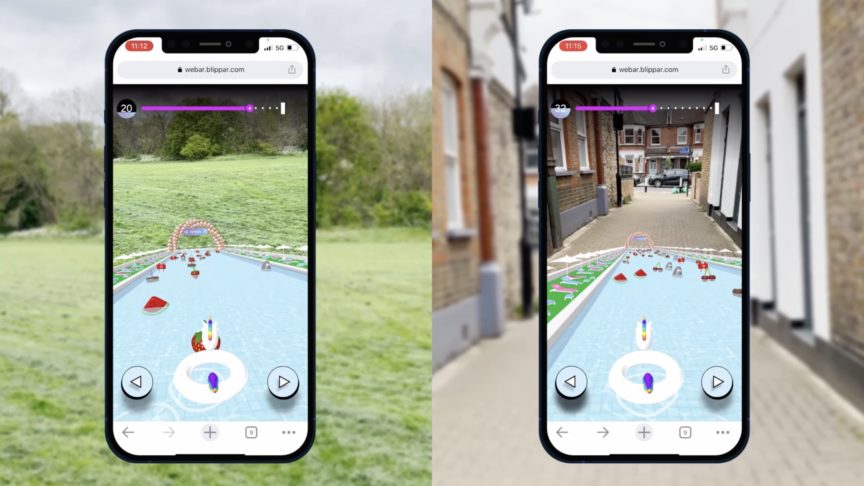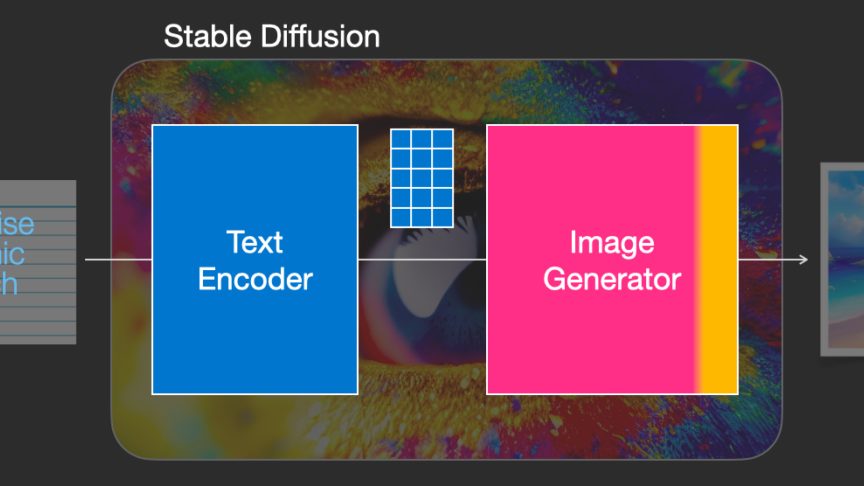Advertising Week Panel Recap: Can Brands Create Pop Culture, Not Cultural Pollution?
October 6, 2015
Advertising Week Panel Recap: Can Brands Create Pop Culture, Not Cultural Pollution?

On Tuesday, September 29, Blippar hosted a panel at Advertising Week in the prestigious NASDAQ office on Time Square. The panel answered the age-old question, "Can brands use technology and digital media to create pop culture, rather than cultural pollution?" The panel featured thought leaders from across the content creation cycle including Chris Copeland CEO of GroupM Next, Will Lunderman VP of Global Design for Colgate-Palmolive, Anjula Acharia Bath, a Trinity Ventures Partner, Aki Spicer, Director of Digital Strategy and Content Planning for TBWAChaitDay New York, Blippar CEO Ambarish Mitra, and our panel moderator Peter Minnium, President US of IPSOS Connect.

Brands are constantly seeking new ways to engage with consumers and grab their attention but can brands add value to their audience at the same time rather than more pollution for our sight and inbox?
1. Add Diversity & Values to Create Culture
A successful piece of brand communication tells a story that resonates with a consumer and touches upon what they find important. Finding a common ground through heritage, social good, and personal values shapes culture, giving consumers the opportunity to feel as if they are partaking in something bigger than themselves. A great example of this, is Coca Cola’s “Small World Machines”, which set up interactive vending machine in India and Pakistan allowing people from the two countries to share a personal moment together through sharing a coke.

Coca Cola’s “Small World Machines”
2. Words Are Not Enough
Mobile and wearable technology have enabled a world where there is always a digital companion "experience," thus decreasing our dependence on other mediums such as radio or TV. With the rise of new technologies, brands are in a much better place to use mobile to tap into our imaginations using experiential technology such as augmented reality and visual discovery. This change helps encourage consumers to think outside of words and share stories that they identify with.
3. Give Consumers A Choice
At the end of the day, brands must think about the end-user and how they want to be spoken to. Consumers are more valuable when they take the initiative to engage with an advertisement or a brand. Pull-based marketing allows consumers to be in power of their very own "ecosystem" and increase the likelihood of them interacting with a brand.
4. Native Ads Drive Results
Native advertising is an important game-changer, that allow brands to speak directly to the their audience without being obtrusive. Researchers from Share Through, say that 25% of consumers are more likely to look at an in-feed, native ad than a standard banner. Native ads are not easy to produce. Instagram’s latest rollout of timeline ads is a great example of how sponsored posts can feel truly native. Instagram knows what its users are looking for and what makes the platform popular. Their ads blend well within the platform’s logic and look visually pleasing.
To watch the panel and learn more, visit this link.

Blipp this Image to share your vote on what’s culture and what's pollution.
Share your thoughts in the comments below or on social media! What are some examples you’ve seen of brands creating popular culture and what are your favorites?


